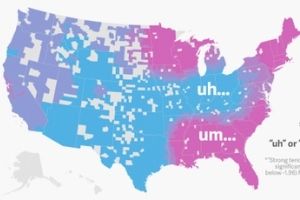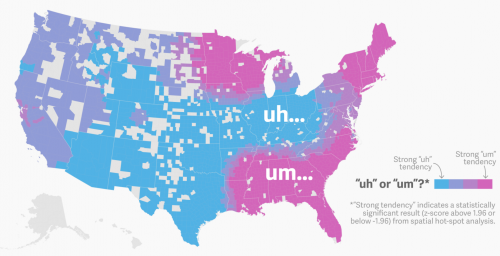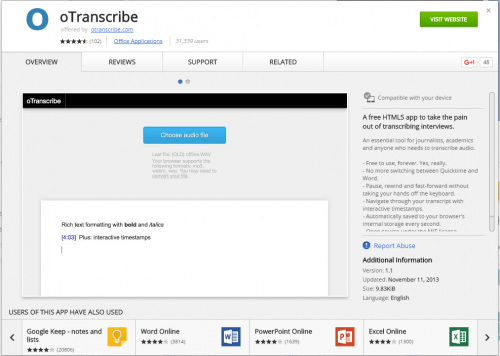Transcribing: The Challenge of Typing What You Hear

Blog post by Exhibitions Intern Tirza Ochrach-Konradi. To read more posts from JMM interns, past and present, click here.
I’ve been doing a lot of transcribing, which is in in theory very monotonous, but in practice has been a remarkably complex project. The main area of exploration is figuring out how you transcribe. The question seems a little ridiculous. Obviously you listen to a recording and you copy down what is said, not a lot of room for confusion. However, there are a lot of choices to be made about how exactly you write the words down. People say a lot of things that aren’t words; do I write fillers down or do I leave them out? Somebody using the transcription to find quotes for a wall poster probably does not want to read through ums and uhs, but someone using the transcript to find quotes for an audio creation would be bothered to discover that the perfect quote they read in the transcription is riddled with pauses and fillers when they listen to the recording.

In transcribing there is a trade-off between readability and staying true to source material. People on the side of verisimilitude would argue you should transcribe exactly what you hear, and I do chose to transcribe uhs and ums. However, I add punctuation to improve readability. I was looking through one of the transcriptions in the JMM collection that had no punctuation, and reading it felt like stumbling through an awful jumble of incomprehensibility. I err on the side of punctuating to make the transcription readable and do not feel compelled by the possibility of mangling the speaker’s intent through misinterpreting stress and adding a comma where they didn’t intend one.
I am about to be on the other side of this equation conducting the interviews. Transcribing has made me very aware of all of the extra things that interviewers say. It is very hard to directly ask someone a question. I hear, “tell me a little bit about…” constantly. I do not think I have heard the more direct, “tell me…” even once. I have a set of questions written for the interview collection I will be working on. Each one starts with a question word or the directive to “tell me”, but I have no illusions that I will manage not to add half a sentence of conversational lead-in every time I try to ask anything.

I transcribed one interview in middle school. I was working on a tape machine with a foot pedal. Now I have been using an application for the google chrome web browser, where the escape key is pause play and the program automatically restarts the recording two seconds back each time you hit play. It is a world better and much less fussy to work with. Through an odd sense of fate the transcription that I am adding to currently is an interview with the same person that I transcribed in middle school, Rebecca Alban Hoffberger, founder of the American Visionary Art Museum (AVAM). In middle school I interviewed her about the outsider art movement and currently I am listening to her speak about her life story, Jewish beliefs, and reasons for founding AVAM. I love that oral history allows for the feeling of being in the room with the informant. I think that is why this connection has such import for me. Transcribing helps the archivists and curators who build exhibitions to access the content of an oral history. Nobody has the time to listen to an hour of tape to find a quote. If there is a transcription key words can be searched and the content can be skimmed quickly for relevance. Each complete transcription makes the content more accessible and more likely to reach the ears of a public audience!
